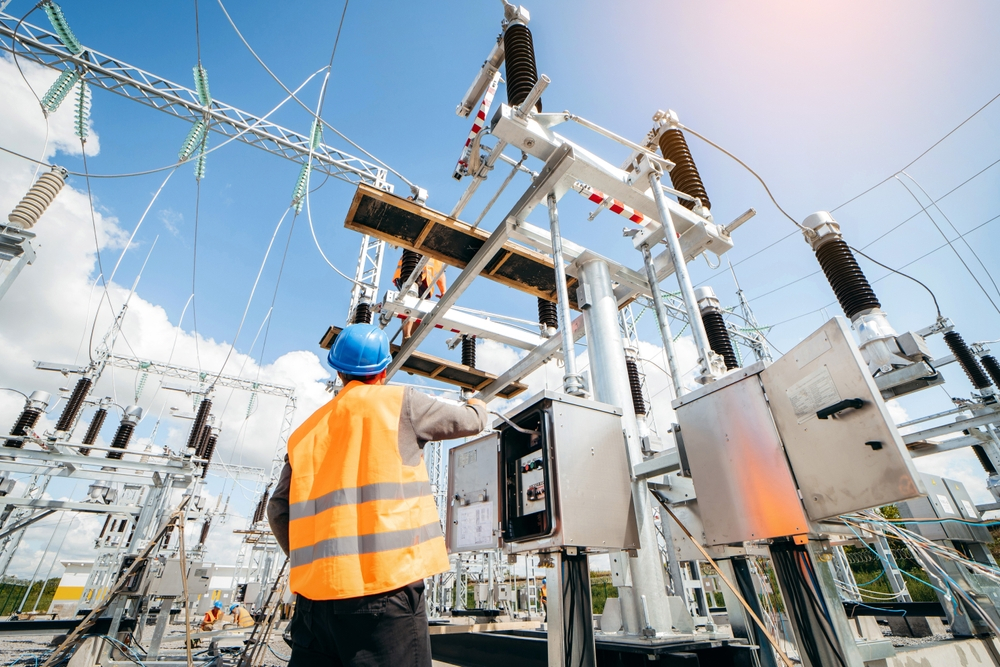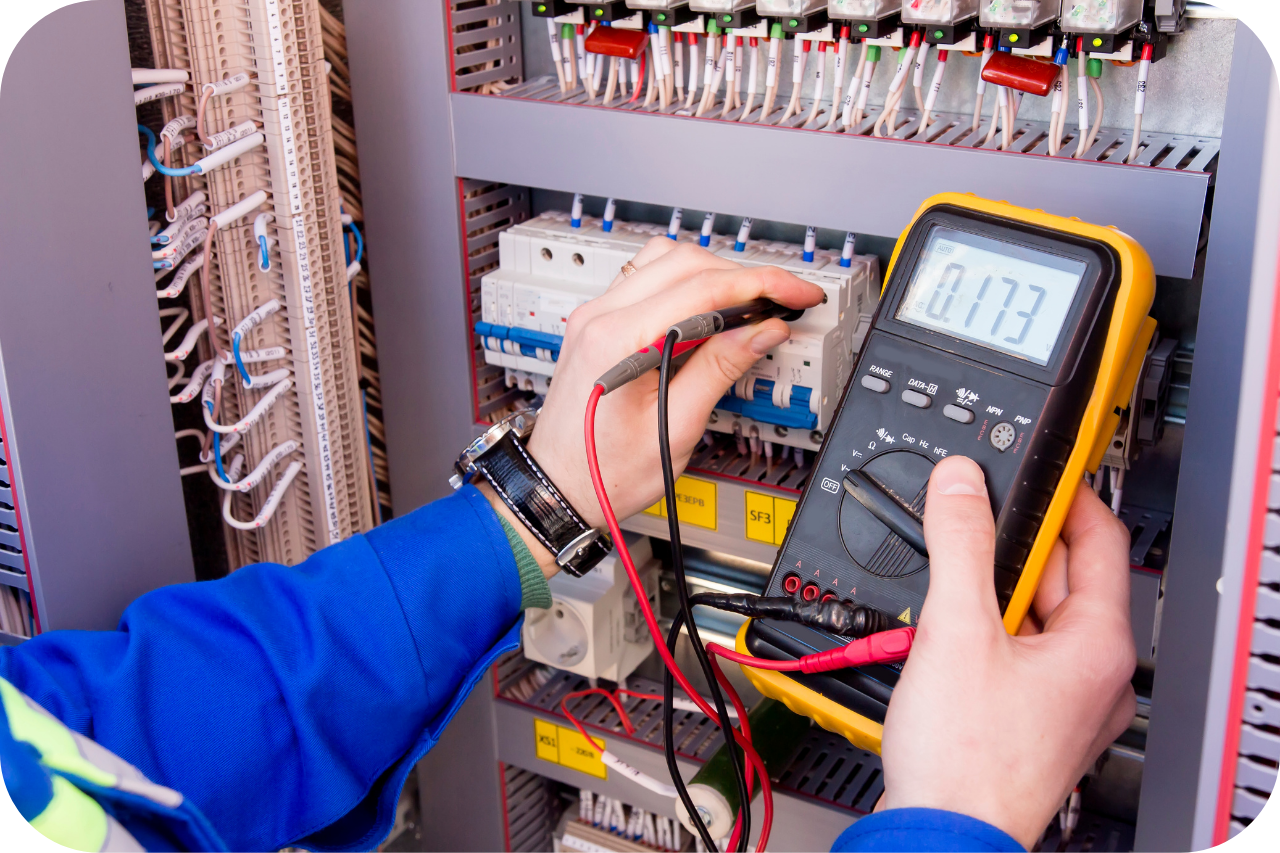Our Roar Solutions Diaries
Our Roar Solutions Diaries
Blog Article
A Biased View of Roar Solutions
Table of ContentsRumored Buzz on Roar SolutionsNot known Facts About Roar SolutionsFascination About Roar Solutions
In order to secure installations from a potential explosion a method of analysing and categorizing a possibly hazardous location is needed. The objective of this is to make sure the correct option and installment of tools to inevitably stop a surge and to ensure safety of life.
(https://www.anobii.com/en/01749dcc41232b575a/profile/activity)
No tools should be set up where the surface area temperature of the equipment is above the ignition temperature level of the given danger. Below are some common dust dangerous and their minimal ignition temperature. Coal Dirt 380C 225C Polythene 420C (melts) Methyl Cellulose 420C 320C Starch 460C 435C Flour 490C 340C Sugar 490C 460C Grain Dust 510C 300C Phenolic Material 530C > 450C Aluminium 590C > 450C PVC 700C > 450C Residue 810C 570C The likelihood of the danger existing in a concentration high enough to trigger an ignition will certainly differ from area to location.
In order to identify this danger an installment is separated into areas of danger relying on the quantity of time the unsafe is present. These areas are referred to as Zones. For gases and vapours and dirts and fibers there are 3 zones. Area 0 Zone 20 An unsafe environment is very most likely to be present and may exist for lengthy durations of time (> 1000 hours per year) or perhaps constantly Zone 1 Zone 21 An unsafe atmosphere is feasible however not likely to be present for extended periods of time (> 10 450 C [842 F] A category of T6 implies the minimum ignition temperature level is > 85 C [185 F] Unsafe location electrical tools possibly created for use in greater ambient temperature levels. This would indicated on the score plate e.g. EExe II C T3 Ta + 60C( This means at 60C ambient T3 will certainly not be surpassed) T1 T1, T2, T3, T4, T5, T6 T2 T2, T3, T4, T5, T6 T3 T3, T4, T5, T6 T4 T4, T5, T6 T5 T5, T6 T6 T6 A T Class score of T1 implies the optimum surface area temperature created by the instrument at 40 C is 450 C. Assuming the connected T Class and Temperature level ranking for the tools are appropriate for the area, you can constantly use an instrument with a more rigid Division ranking than required for the area. There isn't a clear solution to this question unfortunately. It truly does depend on the type of equipment and what repair work require to be performed. Equipment with details test procedures that can not be performed in the field in order to achieve/maintain third event rating. Need to return to the factory if it is prior to the devices's solution. Area Repair Work By Authorised Employee: Challenging testing may not be called for however particular treatments may require to be adhered to in order for the equipment to keep its third celebration rating. Authorised workers need to be used to perform the work properly Repair should be a like for like substitute. New element need to be considered as a direct replacement calling for no unique screening of the equipment after the repair service is full. Each item of tools with a harmful ranking need to be reviewed separately. These are described at a high degree listed below, but also for more in-depth details, please refer straight to the standards.
The 7-Minute Rule for Roar Solutions
The tools register is an extensive data source of equipment documents that includes a minimum collection of areas to determine each item's area, technical criteria, Ex category, age, and environmental information. This info is important for monitoring and handling the equipment successfully within hazardous areas. On the other hand, for regular or RBI tasting evaluations, the grade will certainly be a mix of Comprehensive and Close evaluations. The ratio of Detailed to Shut assessments will be established by the Equipment Danger, which is evaluated based upon ignition danger (the likelihood of a resource of ignition versus the likelihood of a flammable environment )and the unsafe area category
( Zone 0, 1, or 2). This variation will additionally influence the resourcing demands for job preparation. Once Lots are defined, you can create sampling strategies based upon the example dimension of each Great deal, which refers to the number of random devices products to be examined. To determine the called for sample size, 2 elements require to be evaluated: the dimension of the Great deal and the group of evaluation, which suggests the degree of effort that must be used( minimized, normal, or increased )to the evaluation of the Great deal. By combining the category of assessment with the Whole lot dimension, you can then develop the proper being rejected standards for a sample, indicating the allowable number of faulty items located within that sample. For even more information on this procedure, please describe the Power Institute Guidelines. The IEC 60079 standard advises that the optimum interval in between examinations must not surpass 3 years. EEHA evaluations will certainly likewise be carried out outside of RBI projects as component of arranged maintenance and equipment overhauls or fixings. These evaluations can be credited towards the RBI example dimensions within the affected Lots. EEHA evaluations are conducted to identify faults in electrical devices. A heavy scoring system is essential, as a solitary item of devices may have numerous mistakes, each with varying degrees of ignition threat. If the mixed score of both examinations is less than two times the mistake rating, the Lot is deemed acceptable. If the Lot is still thought about unacceptable, it should go through a full assessment or validation, which might set off stricter examination procedures. Accepted Lot: The sources of any type of faults are recognized. If an usual failing setting is located, added equipment may require maintenance. Mistakes are identified by severity( Safety and security, Honesty, House cleaning ), ensuring Visit Your URL that urgent problems are examined and attended to without delay to mitigate any type of impact on security or operations. The EEHA database ought to track and record the lifecycle of mistakes together with the corrective activities taken. Implementing a durable Risk-Based Assessment( RBI )technique is essential for guaranteeing compliance and safety in handling Electric Devices in Hazardous Locations( EEHA) (Roar Solutions). Automated Mistake Scoring and Lifecycle Monitoring: Effortlessly take care of mistakes and track their lifecycle to enhance inspection accuracy. The intro of this support for risk-based assessment further reinforces Inspectivity's placement as a best-in-class remedy for regulative compliance, along with for any asset-centric assessment use instance. If you are interested in discovering more, we invite you to request a demonstration and find how our service can transform your EEHA monitoring processes.
How Roar Solutions can Save You Time, Stress, and Money.

In terms of eruptive danger, a dangerous location is an atmosphere in which an eruptive environment is existing (or might be expected to be present) in quantities that require unique precautions for the construction, installation and use devices. high voltage courses. In this post we explore the difficulties encountered in the workplace, the risk control actions, and the called for competencies to function securely
These materials can, in certain problems, form explosive ambiences and these can have significant and awful consequences. Most of us are acquainted with the fire triangular remove any kind of one of the three components and the fire can not happen, yet what does this mean in the context of hazardous locations?
In a lot of instances, we can do little concerning the degrees of oxygen airborne, however we can have substantial influence on sources of ignition, for instance electric tools. Harmful areas are recorded on the hazardous area category drawing and are recognized on-site by the triangular "EX" indicator. Below, amongst other vital info, zones are divided into 3 types depending on the danger, the chance and period that an explosive atmosphere will exist; Zone 0 or 20 is considered one of the most harmful and Area 2 or 22 is deemed the least.
Report this page